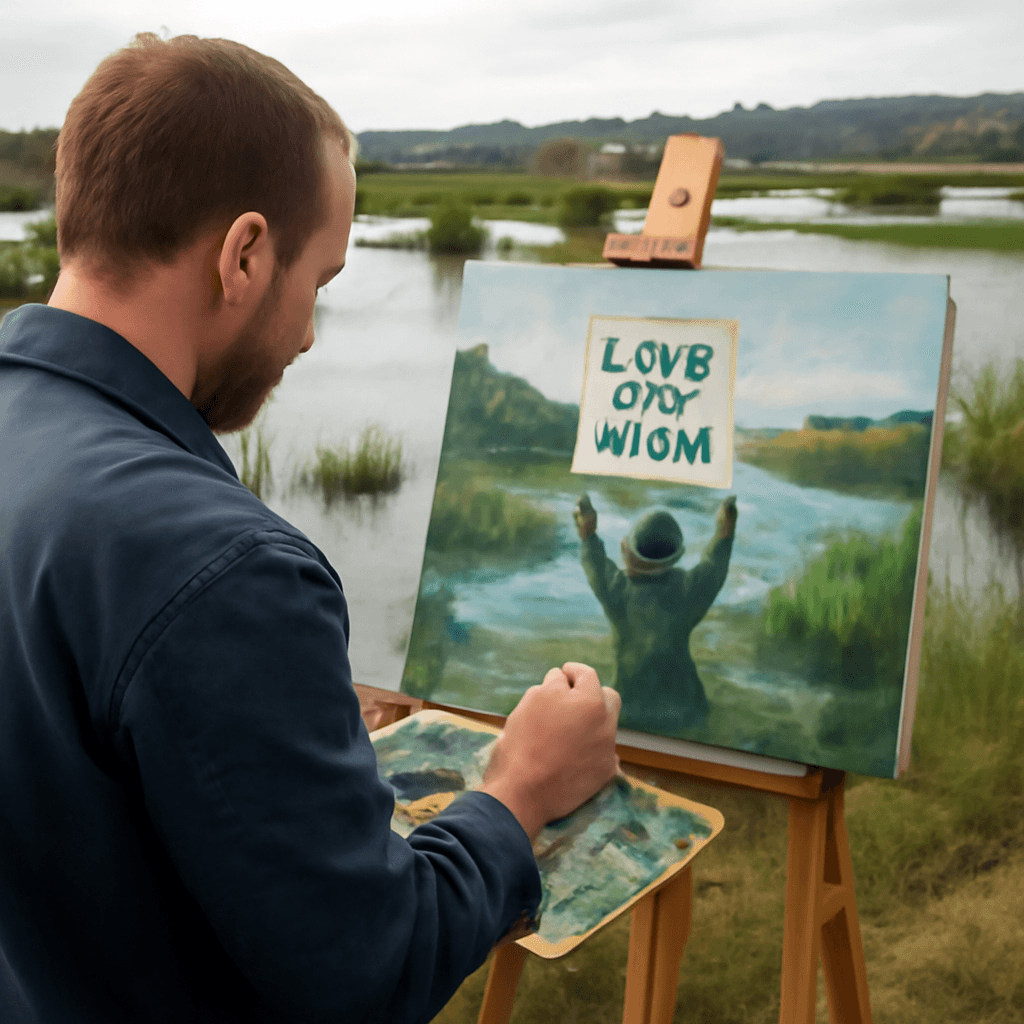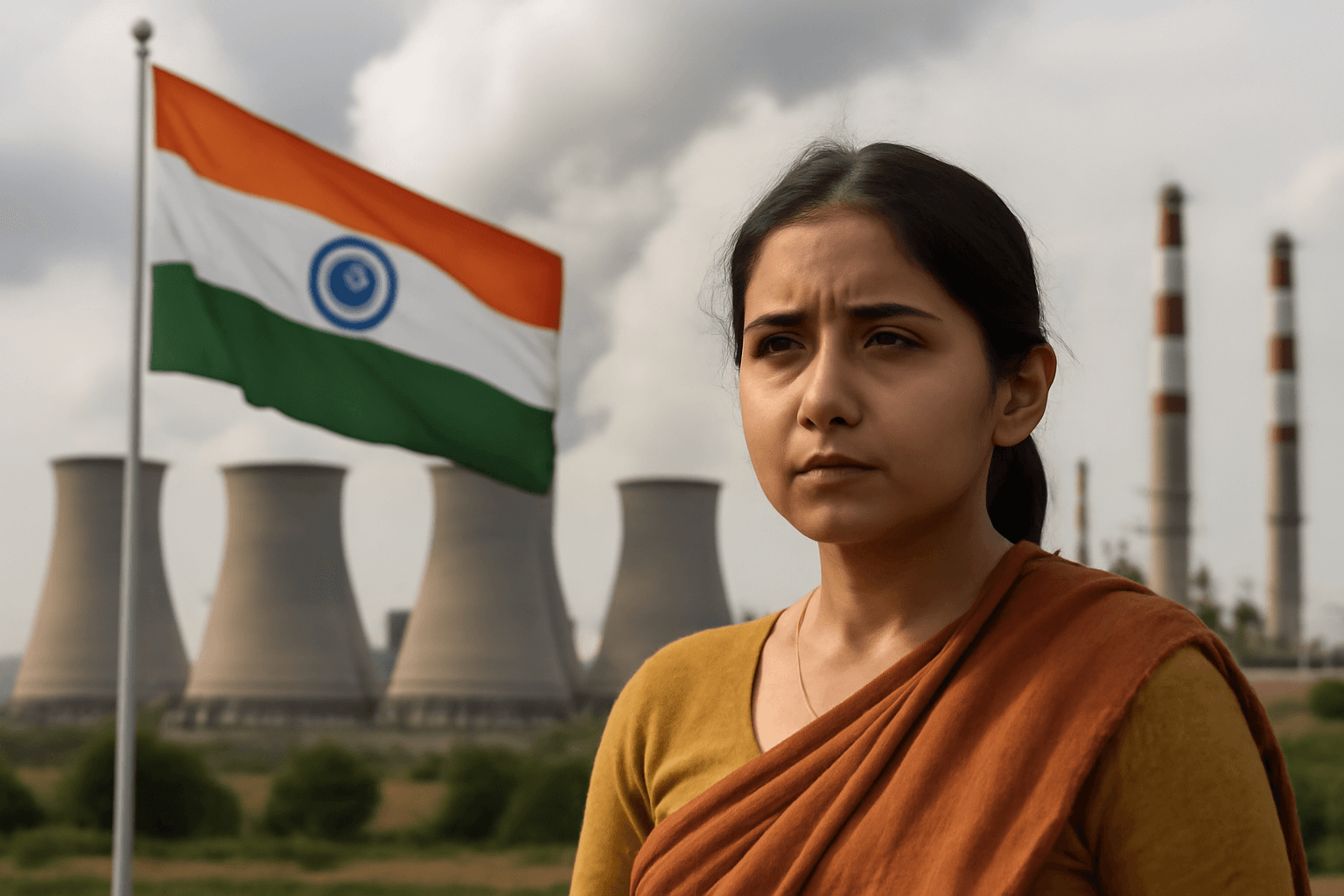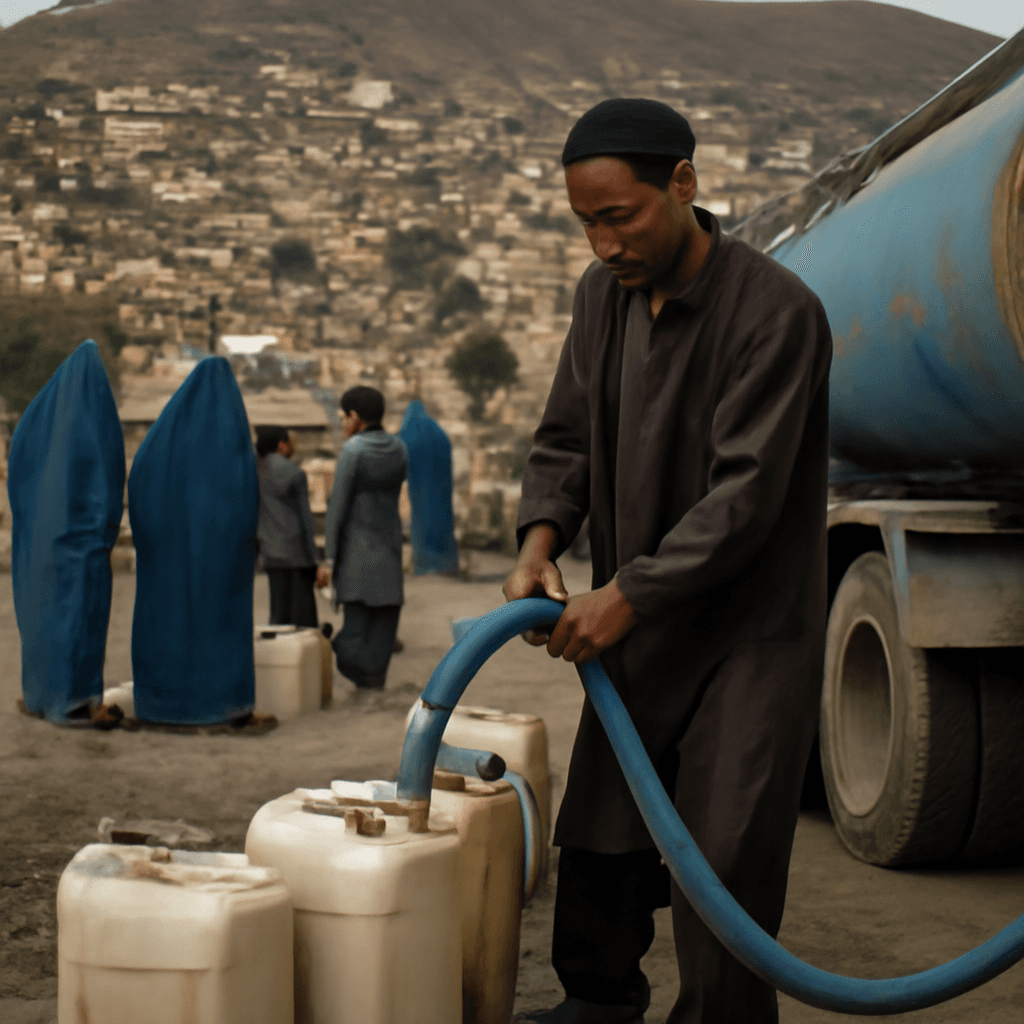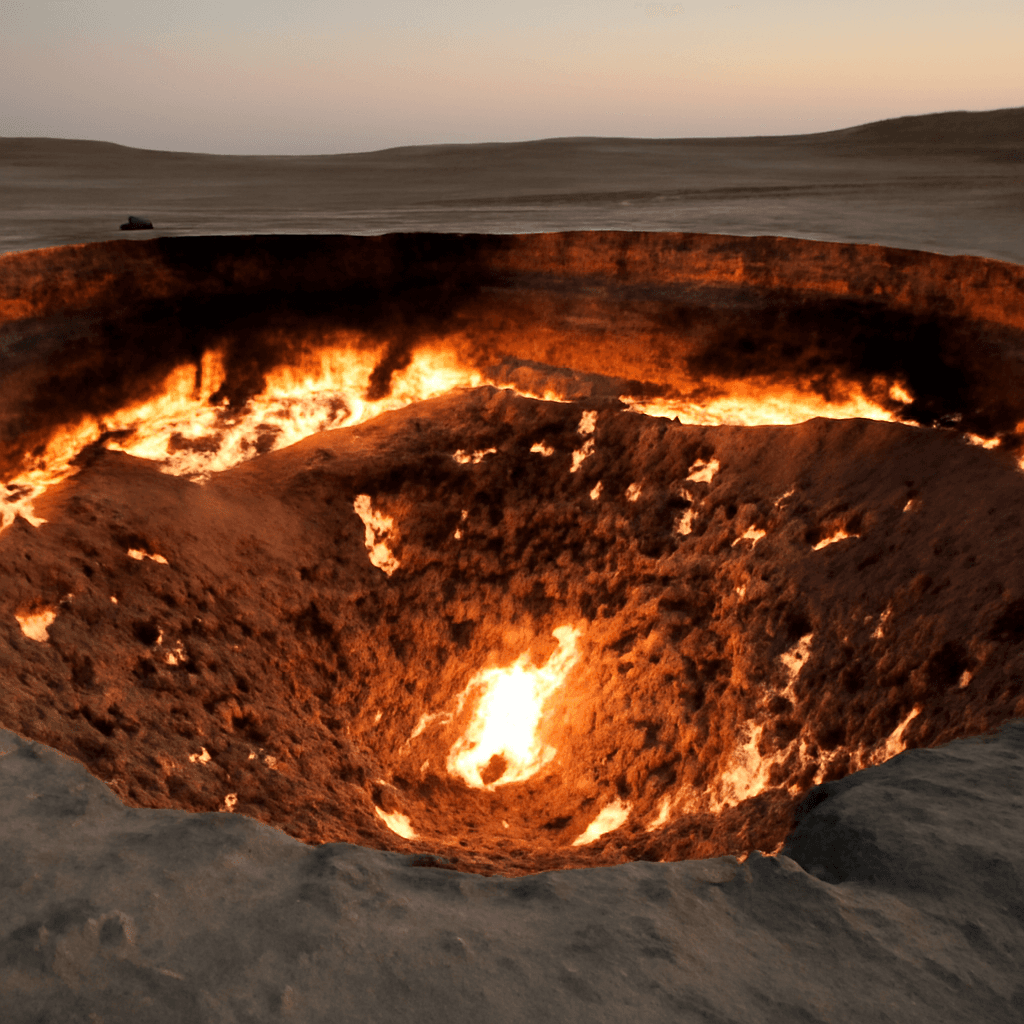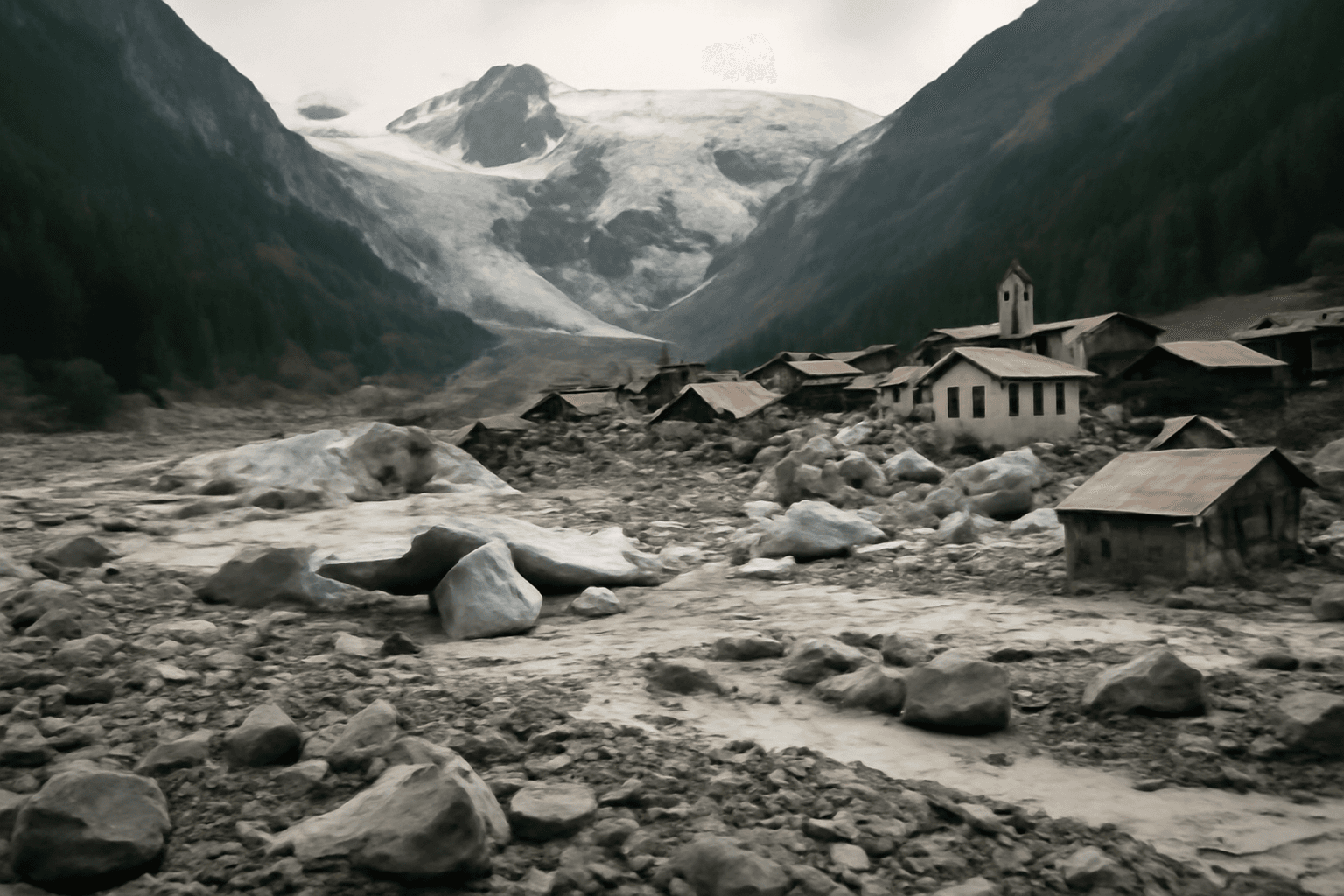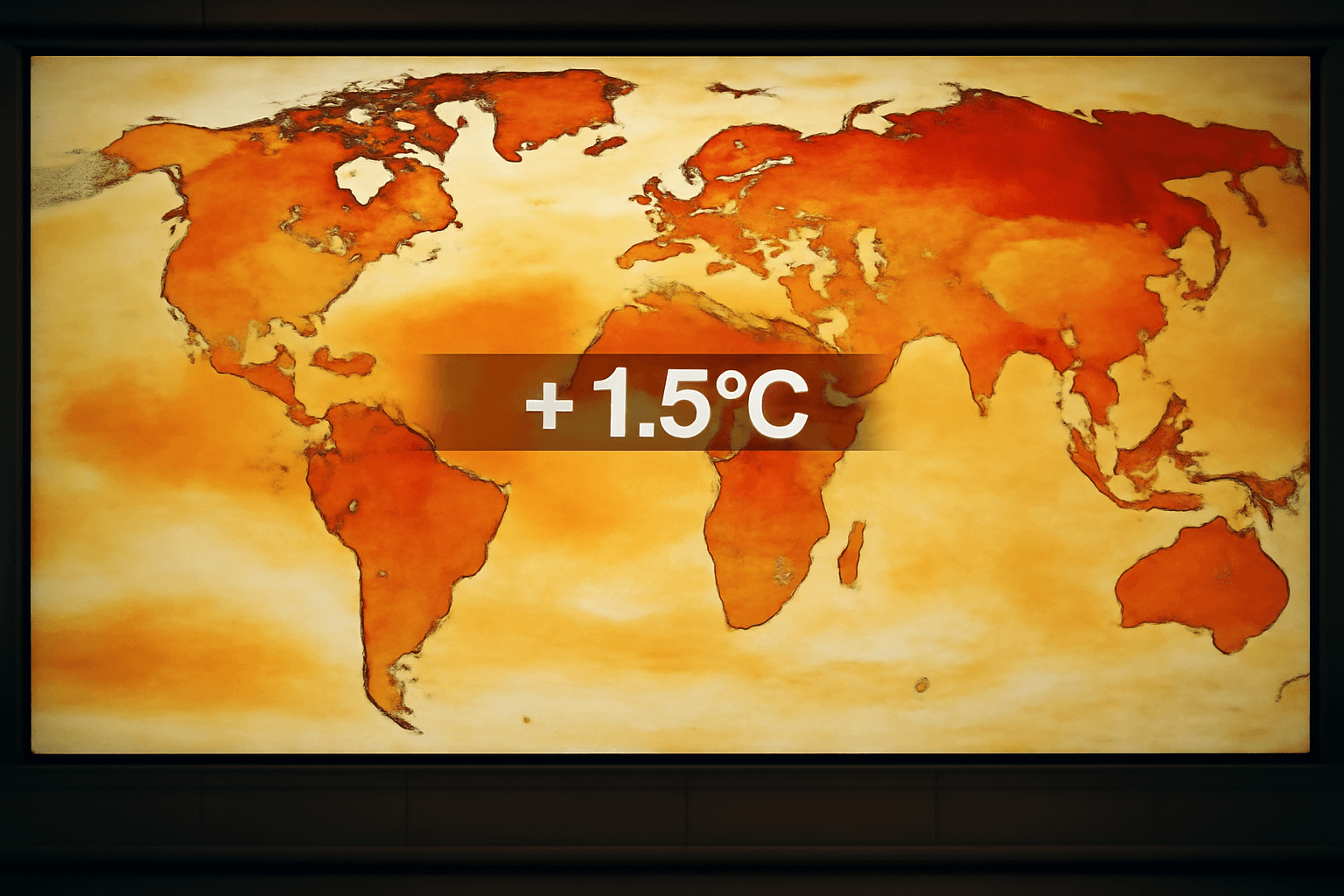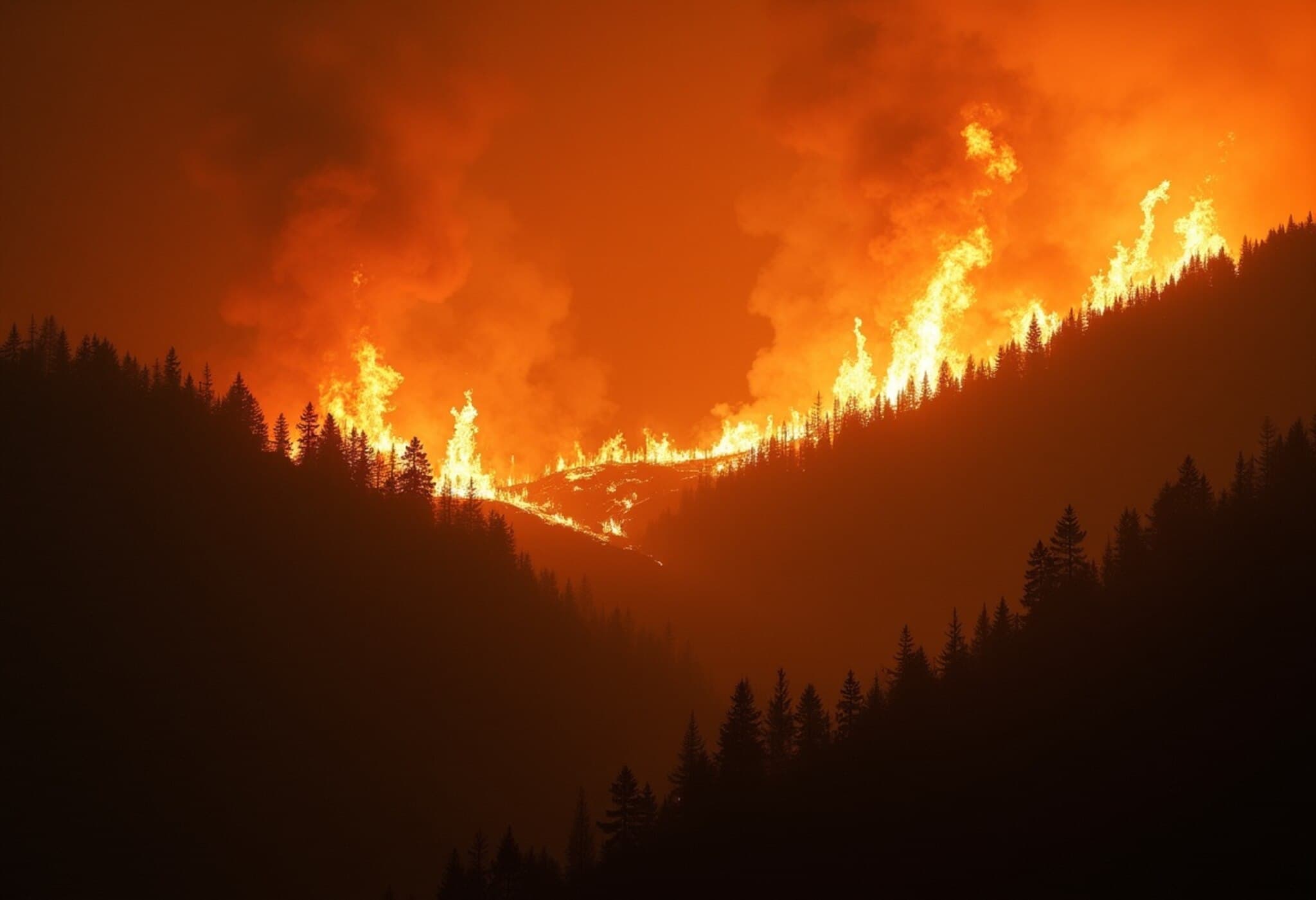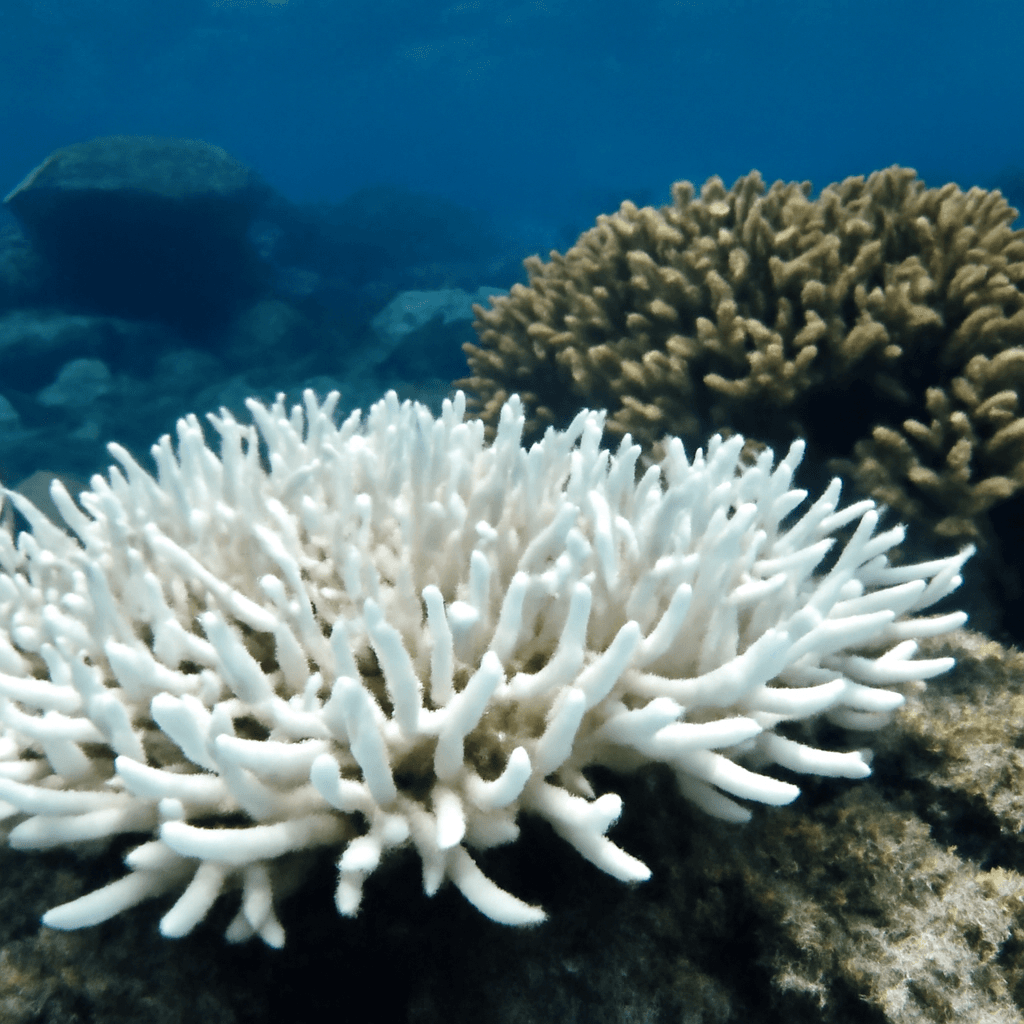The Role of Art in Environmental Advocacy
Art has increasingly become a powerful tool to influence environmental governance and public perception of climate change. Experts argue that the impact of art goes beyond traditional sectors like politics and science, offering unique capacities to engage communities and inspire action.
Organizations involved in global environmental conferences recognize the essential role of art in fostering sustainability and regenerative practices. Through exhibitions, workshops, and panel discussions, art initiatives highlight urgent oceanic and ecological challenges, underscoring their importance in high-level political discussions.
Bridging the Gap Between Climate Complexity and Public Engagement
One of the greatest hurdles in climate policymaking is the overwhelming and abstract nature of environmental issues. Art breaks this barrier by creating emotional connections and inviting active participation from the public, moving beyond passive consumption of information.
For example, artists like Maja Petric use innovative light installations to capture the fragility of natural landscapes. Her piece Specimens of Time, Hoh Rain Forest, 2025 integrates real-time temperature data to evoke reflection on the potential loss of these ecosystems. Such works demonstrate how art can embed scientific data in accessible and emotive formats.
Historical and Contemporary Artistic Contributions
Artistic portrayals of nature have long reminded society of the environment's value. Renowned historical artists captured the beauty of landscapes and skies, fostering appreciation and concern. Modern artists continue this legacy through projects that merge creative expression with ecological activism.
Notable examples include:
- Joseph Beuys' 7000 Oaks: A long-term project involving the planting of thousands of oak trees as a symbol of urban reforestation and environmental resilience.
- Lauren Bon’s 'Bending the River': A decade-long initiative that intensively managed and purified water from a major urban river to irrigate public parklands, demonstrating art's direct intervention in ecological infrastructure.
- Angel Borrego Cubero and Natalie Jeremijenko's Urban Space Station: An integrated approach combining artistic vision with environmental engineering, recycling emissions and supporting urban agriculture.
Art as a Catalyst for Environmental Solidarity
Beyond aesthetics, art serves as a form of civic engagement and resistance. It fosters a sense of interconnectedness between humans and the planet, challenging passive attitudes towards climate change. Artists emphasize the importance of continuous, grassroots solidarity rather than waiting for institutional change alone.
Ahmet Ogut highlights that artistic projects do not always require official endorsement to create impact. His work, inspired by a public sculpture that prevented a train accident, exemplifies how art can integrate into everyday life and prompt environmental consciousness.
Integrating Artists as Equal Partners in Climate Initiatives
There is a growing call for involving artists from the inception of environmental projects, not merely as aesthetic contributors but as equal collaborators. Such partnerships deepen creative problem-solving and broaden the range of sustainable solutions.
This collaborative approach recognizes the unique perspectives and imaginative capacities artists bring to complex ecological challenges, encouraging innovative and culturally resonant interventions.

